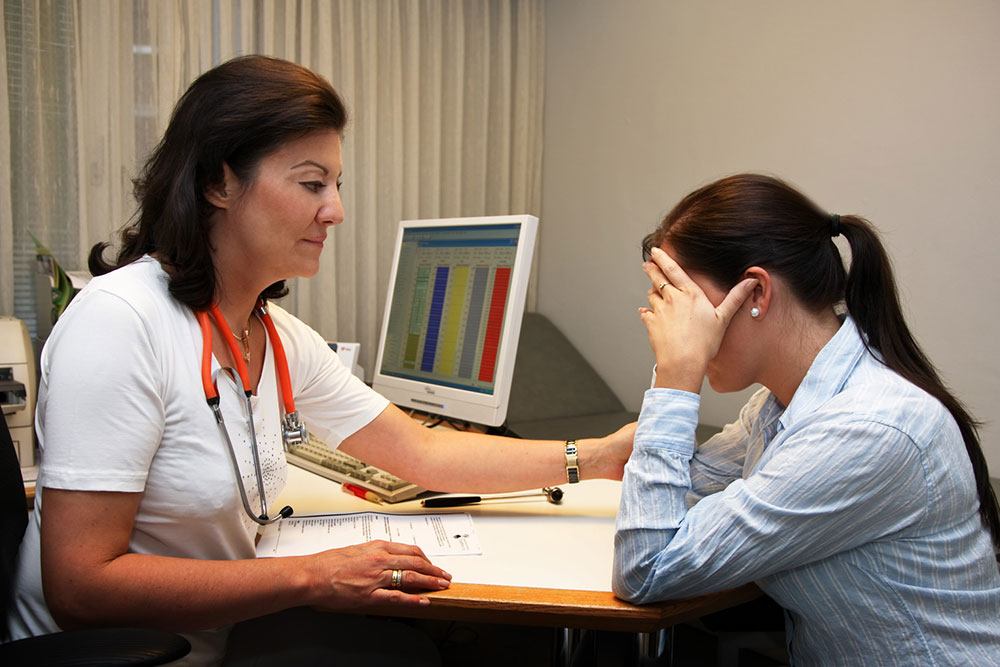Understanding Overactive Bladder: Symptoms and Effective Management Strategies
This article explores the symptoms of overactive bladder and offers comprehensive management approaches including lifestyle changes, medications, therapy options, and surgery. Recognizing symptoms early and seeking prompt medical advice can significantly improve quality of life. Learn about diagnostic procedures and effective treatments for this common condition affecting many, especially seniors.

Understanding Overactive Bladder: Symptoms and Effective Management Strategies
Overactive bladder (OAB) presents with several noticeable signs, most notably a sudden and uncontrollable urge to urinate. Frequent trips to the bathroom and occasional leaks are common symptoms experienced by individuals with this condition. Older adults are more susceptible, and if left untreated, OAB can significantly impact daily life and mental well-being. Many tend to overlook early symptoms, but prompt diagnosis and treatment are essential to prevent further health complications.
If you notice persistent urgency or involuntary leakage, consult a healthcare professional promptly. Diagnostic procedures include physical exams, medical history reviews, neurological assessments, urine tests, and possibly urodynamic testing to evaluate bladder function.
To determine the severity, tests analyze urine volume, flow rate, and pressure inside the bladder. Various treatment options are available, tailored to the causes of OAB. Lifestyle modifications, dietary habits, physical therapy, medications, nerve stimulation, and in severe cases, surgery are considered primary approaches.
Limit caffeine and alcohol intake, which can increase bladder activity
Adopt pelvic floor exercises like Kegels to strengthen bladder muscles
Maintain a healthy weight and avoid smoking to reduce risk factors
Consider medication prescribed by a doctor to relax bladder muscles
Explore nerve stimulation therapies if medications are ineffective
Surgical options as a last resort for severe cases
In summary, addressing OAB involves a combination of lifestyle adjustments, medical treatment, and possibly surgical intervention. Early diagnosis and personalized treatment plans greatly improve quality of life for affected individuals.










